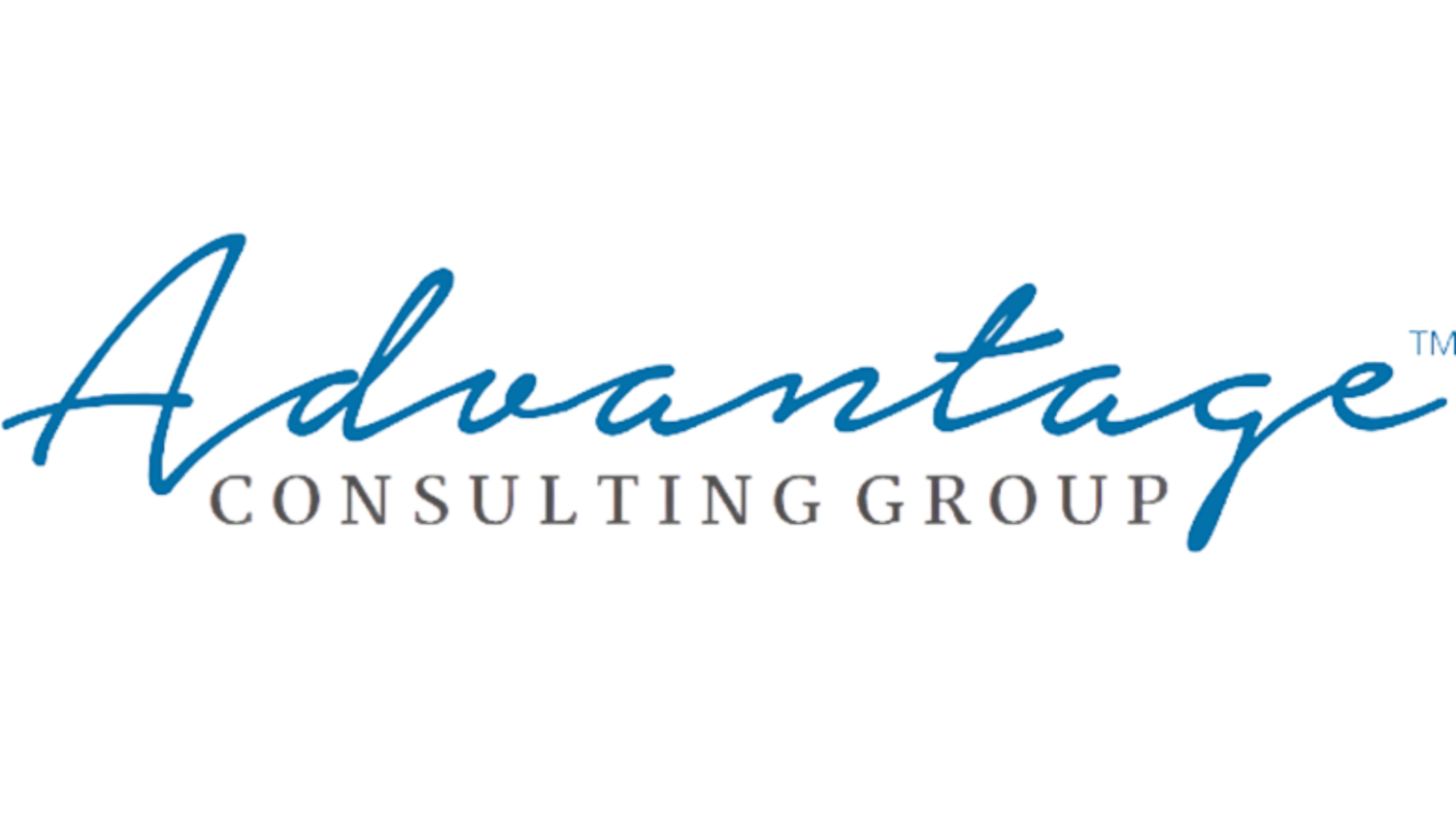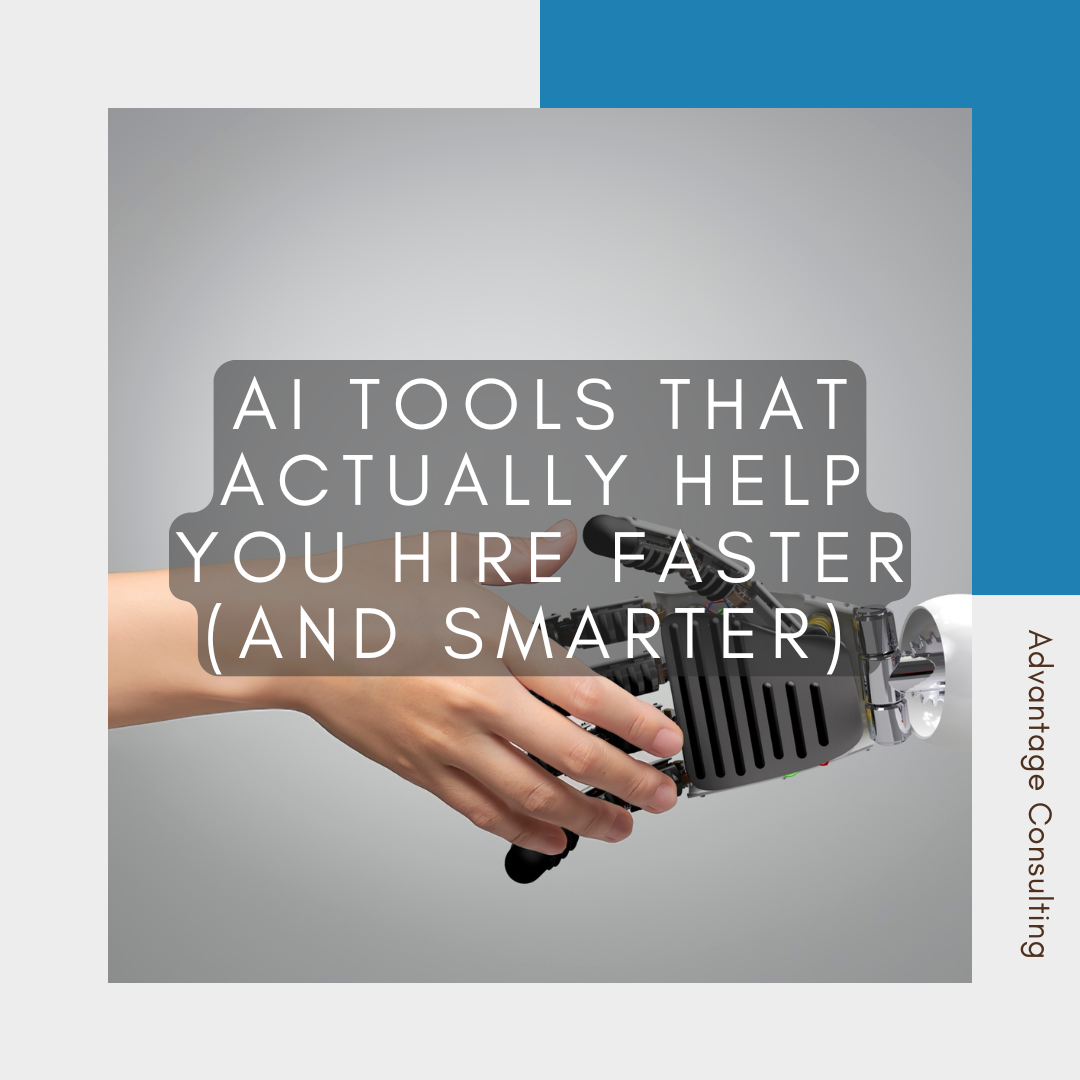Hiring is evolving, and fast. In today’s competitive environment, companies can no longer afford to rely solely on resumes, manual reviews, or outdated processes. Artificial intelligence (AI) is making a significant impact on how businesses approach recruiting, offering tools that save time, reduce errors, and improve decision-making. These aren’t abstract promises; they’re practical innovations being adopted right now across industries. From automating applicant screening to predicting candidate fit, AI technology is helping organizations accelerate the hiring process without sacrificing quality. The result? Smarter hires, stronger teams, and less wasted effort. And for businesses looking to grow efficiently, adopting these technologies isn’t just a smart move, it’s becoming essential.
Automated Resume Screening: Filtering Faster
Sorting through hundreds of resumes manually is one of the most time-consuming aspects of recruitment. AI-powered resume screening tools change that by automatically scanning and ranking applications based on keywords, experience, and qualifications. These tools eliminate irrelevant resumes early on, so hiring managers can focus their time on truly viable candidates. Some systems even integrate with existing ATS platforms, enhancing functionality without requiring a full tech overhaul.
What makes automated screening particularly valuable is its consistency. Unlike human reviewers who may vary in judgment or be affected by fatigue, AI tools apply the same criteria every time. This leads to more equitable and data-driven shortlists. They also learn and improve over time, becoming more accurate the longer they’re used. For companies focused on operational efficiency, especially those scaling quickly, this kind of automation delivers a strong return on investment.
If your team is managing high-volume roles like sales and marketing positions, resume screening tools can dramatically improve your turnaround time and reduce missed opportunities. When time is of the essence, being able to move candidates from application to interview faster creates a distinct competitive advantage.
Smart Chatbots for Candidate Engagement
Engaging candidates quickly and consistently is a common challenge, especially when there are multiple open roles. AI-powered chatbots help bridge that gap by answering questions, providing updates, and scheduling interviews, all without human intervention. These tools operate 24/7, offering real-time assistance that keeps applicants informed and engaged throughout the process.
What sets modern recruiting chatbots apart is their ability to integrate context into conversations. They don’t just respond with scripted answers; they can tailor replies based on the role applied for, past interactions, or even preferred communication channels. For example, if a candidate previously asked about benefits, the chatbot can follow up with a link to a detailed FAQ or connect them with a recruiter if needed. This reduces administrative load while improving the candidate experience.
These bots are particularly effective when managing recruitment for departments where there may be a large number of applicants seeking quick answers. By handling common queries and routing qualified candidates to the right next steps, chatbots help companies move faster while maintaining a high level of professionalism and accessibility.
Predictive Analytics for Hiring Outcomes
AI tools that use predictive analytics help companies make smarter hiring decisions by analyzing patterns and forecasting outcomes. These tools go beyond basic screening, they assess factors such as previous job performance, tenure, and skill alignment to predict how well a candidate might perform in a specific role. By turning historical data into actionable insights, organizations can reduce costly hiring mistakes.
Predictive analytics can also reveal trends that may not be obvious during the interview process. For instance, it might show that candidates from certain educational backgrounds or industries have higher success rates in customer-facing roles. Hiring managers can use this insight to refine job descriptions, screening criteria, and even onboarding programs. It’s a data-informed way to move from guesswork to strategy.
This technology becomes even more valuable when expanding internal hiring pipelines, especially in departments where leadership, cross-functional communication, and goal tracking are key performance indicators. Predictive analytics offers a competitive edge by helping you identify not only who looks good on paper, but who’s most likely to deliver long-term value.
AI-Driven Job Description Optimization
The wording of a job post can make or break a recruitment campaign. AI tools designed for job description optimization analyze existing content and suggest improvements that make the listing more attractive, inclusive, and aligned with search trends. This isn’t just about grammar, it’s about reaching the right candidates with the right message.
For example, if a job description uses too much technical jargon, AI can suggest simpler alternatives to improve accessibility. Similarly, if it contains gender-biased language, tools can highlight those terms and offer neutral replacements. This ensures that posts are welcoming to a diverse talent pool. Some platforms even benchmark your listings against similar roles in the market, so you can fine-tune based on industry standards.
These optimizations are particularly helpful when hiring for roles where clarity and appeal matter, such as in human resource departments. By creating listings that speak directly to qualified professionals, companies can boost both application rates and candidate quality. Optimized job posts also tend to rank better in search engines, further improving visibility without additional spend.
AI-Powered Skill Assessments: Measuring What Matters
AI-based skill assessments are reshaping how companies evaluate candidates. Instead of relying on static resumes or subjective interviews, businesses can use intelligent platforms that simulate real-world tasks tailored to the specific position. These tests can include everything from writing prompts and spreadsheet manipulation to logic puzzles and customer service scenarios. By focusing on demonstrated skills, rather than just background, these tools ensure that decisions are rooted in capability and fit.
Skill assessments also streamline early screening by automatically scoring and ranking candidates. For companies handling high volumes of applications, this eliminates hours of manual review and allows hiring managers to zero in on top performers. It’s particularly effective when recruiting for roles that require precision and attention to detail. Candidates are evaluated based on consistent benchmarks, helping to reduce unconscious bias and promote fairness across the board.
Organizations that integrate skills-based hiring practices often experience lower turnover and stronger team cohesion. These assessments support long-term performance by ensuring that the people hired are not only qualified but aligned with the role’s daily demands. Companies can even apply the same tools to internal promotions and role transitions. For growing firms expanding their contract placement programs, this approach offers scalable efficiency with measurable ROI.
Diversity and Bias Mitigation: Fairer Hiring with AI
Reducing bias in hiring is a goal many companies strive for, but traditional processes often fall short. AI offers new ways to promote equity by using blind screening to remove names, gender markers, and other identifiers that may lead to unconscious bias. Algorithms can also be trained to flag potential patterns of discrimination and suggest ways to broaden candidate pools based on data.
AI tools can evaluate job descriptions and highlight language that may inadvertently discourage diverse applicants. By offering alternative wording, these systems support more inclusive outreach. For example, overly aggressive or jargon-heavy phrasing can be reworked into clearer, more welcoming language that resonates with a broader talent pool. This simple change alone can increase applications from underrepresented groups.
Another powerful use of AI is tracking diversity metrics across departments, roles, and recruitment stages. Hiring teams can use this insight to identify where improvements are needed and refine their outreach and selection strategies. When paired with strong human oversight, these tools help companies create more balanced, high-performing teams. To maintain a fair hiring pipeline while also scaling quickly, organizations can build smarter processes around roles that benefit from broad applicant visibility and efficient decision-making.
Diversity and Bias Mitigation: Fairer Hiring with AI
Reducing bias in hiring is a goal many companies strive for, but traditional processes often fall short. AI offers new ways to promote equity by using blind screening to remove names, gender markers, and other identifiers that may lead to unconscious bias. Algorithms can also be trained to flag potential patterns of discrimination and suggest ways to broaden candidate pools based on data.
AI tools can evaluate job descriptions and highlight language that may inadvertently discourage diverse applicants. By offering alternative wording, these systems support more inclusive outreach. For example, overly aggressive or jargon-heavy phrasing can be reworked into clearer, more welcoming language that resonates with a broader talent pool. This simple change alone can increase applications from underrepresented groups.
Another powerful use of AI is tracking diversity metrics across departments, roles, and recruitment stages. Hiring teams can use this insight to identify where improvements are needed and refine their outreach and selection strategies. When paired with strong human oversight, these tools help companies create more balanced, high-performing teams. To maintain a fair hiring pipeline while also scaling quickly, organizations can build smarter processes around roles like general office support that benefit from broad applicant visibility and efficient decision-making.
Talent Market Intelligence: Staying Ahead of Trends
AI-driven market intelligence tools empower businesses to stay ahead in a fast-changing hiring environment. These platforms collect and analyze data from job boards, industry reports, and social platforms to provide a clear picture of talent trends. Employers can use this data to track emerging skill demands, salary shifts, and geographic supply gaps, helping them make more informed hiring and compensation decisions.
For example, if there’s a rising demand for software engineers with cloud expertise in a certain region, market intelligence tools can flag this trend early. Hiring teams can then adjust their strategies by opening up remote roles, adjusting pay structures, or reevaluating job requirements. This agility is essential for organizations building sustainable growth strategies across multiple departments.
This kind of insight also helps HR leaders forecast future hiring needs. Instead of reacting to vacancies, companies can proactively build talent pipelines that align with long-term goals. This is especially useful when expanding internal teams or launching new projects. For businesses interested in strengthening their professional search capabilities, leveraging real-time labor data is key to staying competitive and attracting high-performing candidates.
Onboarding and Retention: Starting Smart, Staying Strong
Hiring the right candidate is only half the battle, ensuring that person thrives in their role is just as important. AI-powered onboarding platforms support new hires with tailored learning paths, automatic reminders, and feedback tracking. This personalized approach reduces the learning curve and boosts employee confidence from day one.
AI systems can also monitor early engagement indicators, such as login frequency, missed milestones, or delayed responses. These signals allow managers to intervene early and offer support before small issues turn into bigger problems. For companies that handle high-volume hiring or have complex organizational structures, this type of oversight is invaluable.
Retention improves dramatically when onboarding is handled thoughtfully. Employees who feel supported are more likely to stay, grow, and recommend the company to others. Long-term loyalty and cultural alignment are often shaped within the first few months of employment. By combining AI with empathetic leadership, companies can create an onboarding process that drives lasting results. Businesses focused on streamlining their hiring process can use these tools to ensure that recruiting success continues well beyond the offer letter.
Building a Smarter Hiring Framework
As artificial intelligence becomes more accessible, businesses have the opportunity to build smarter, more efficient hiring strategies. From reducing bias and speeding up screenings to enhancing onboarding and workforce planning, AI tools provide a competitive edge without sacrificing the human element. The key lies in integrating these technologies in ways that align with company goals and team values. Whether you're fine-tuning your hiring pipeline or expanding your accounting team, the combination of insight-driven tech and thoughtful execution can lead to better hires, faster growth, and a more agile workforce.


